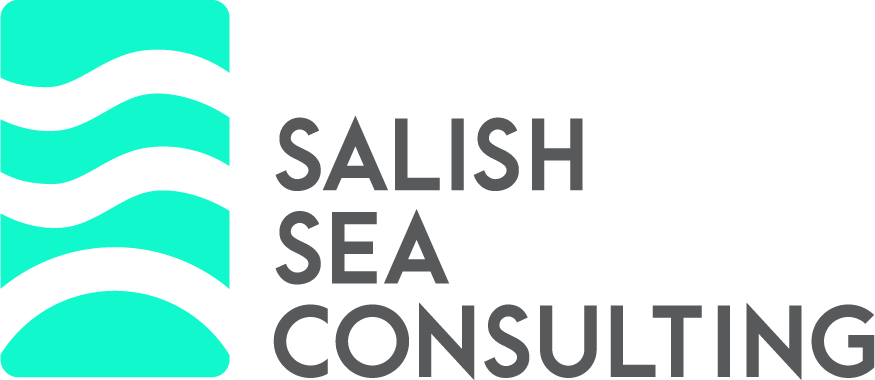How to Develop a Logic Model

Introduction to Logic Models
Nonprofit organizations face the constant challenge of ensuring their programs effectively contribute to their mission. To achieve this, they need a clear understanding of how their resources, activities, and outcomes interconnect. This is where building a logic model comes into play. A logic model is a vital tool for nonprofits to define, plan, and communicate their programs' structure and purpose.
I have discussed the difference between logic models and vs theory of change earlier.
Writing a logic model involves creating a visual representation that illustrates how a program's inputs, activities, outputs, and outcomes relate to each other. It serves as a roadmap, linking resources to expected results and demonstrating how specific actions lead to desired changes. By developing a logic model, nonprofits can better articulate the rationale behind their program design and communicate their goals to stakeholders.
The need for a logic model in the nonprofit sector cannot be overstated. It helps organizations ensure that their program planning is intentional, focused, and aligned with their mission. Logic models also serve as a valuable tool for securing funding, as they provide a clear and concise way to communicate a program's expected impact to potential donors.
In this blog post, we'll explore the key components of a logic model, provide step-by-step guidance on building a logic model, and discuss the benefits and challenges nonprofits may encounter when using this tool. By the end of this post, you'll have a solid foundation for writing a logic model that effectively supports your organization's programs and goals.
Why Use a Logic Model
Using a logic model offers many benefits. First and foremost, it helps clarify the purpose and goals of the program. By visually representing the connections between inputs, activities, outputs, and outcomes, a logic model ensures that all stakeholders have a shared understanding of what the program aims to achieve and how it will get there. This clarity is especially valuable when communicating with external stakeholders, such as funders or community partners, as it provides a concise and compelling overview of the program's objectives and expected impact.
Logic models facilitate communication and collaboration among internal stakeholders. By providing a shared language and framework for discussing the program, a logic model helps program staff, volunteers, and board members stay on the same page.
Many funders require applicants to submit a logic model as part of their grant proposals. It also provides a framework for tracking and reporting on the program's progress, which is essential for maintaining strong relationships with funders over time.
A logic model also provides a foundation for program evaluation and continuous improvement. By specifying the program's intended outputs and outcomes, a logic model helps nonprofits identify key indicators and metrics to track.
This data can be used to assess the program's effectiveness, identify areas for improvement, and make data-driven decisions about future program development. By regularly reviewing and updating the logic model based on evaluation findings, nonprofits can ensure that their programs remain relevant, effective, and aligned with their mission over time.
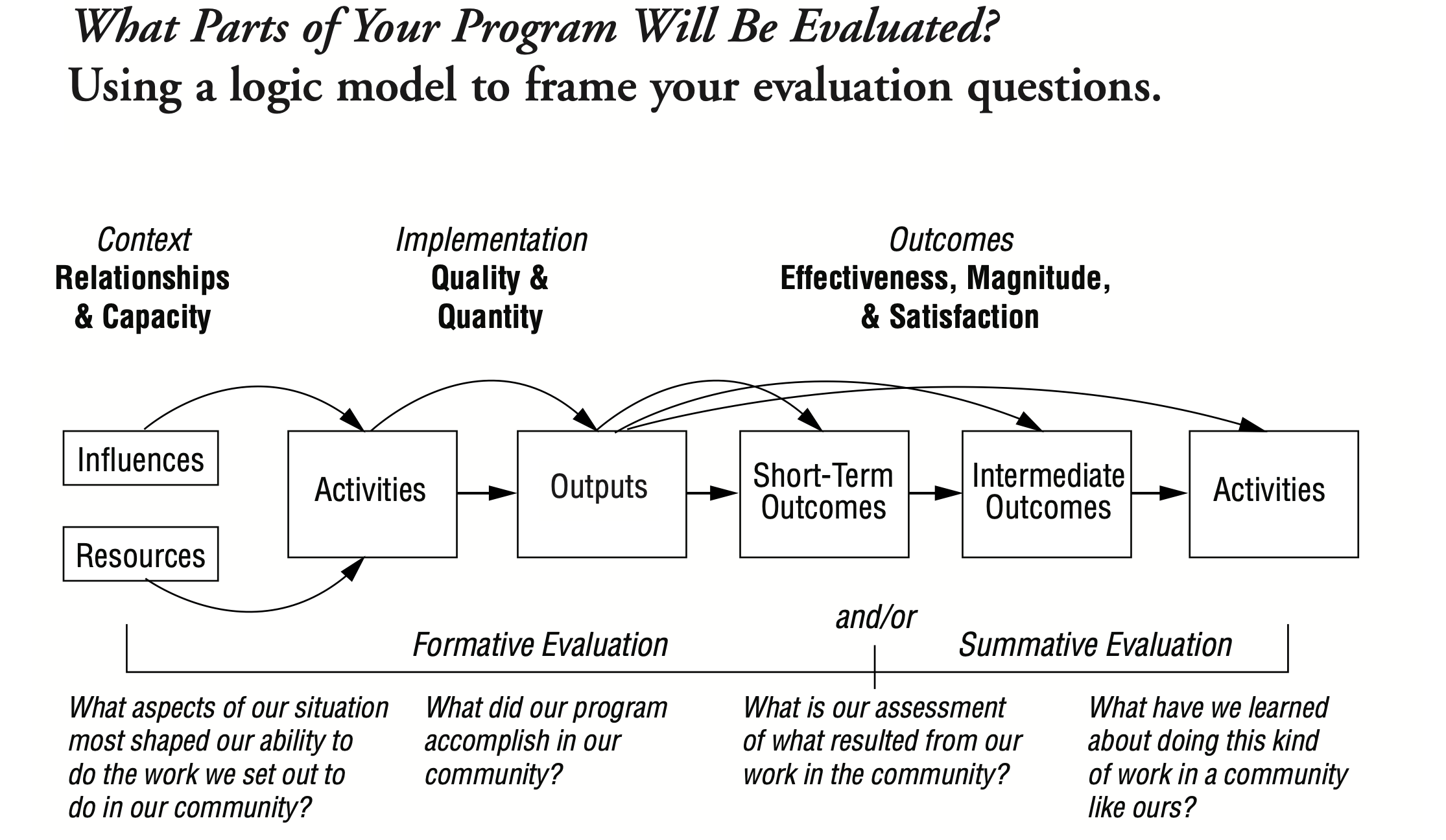
Further Reading
Grant Writing vs Proposal Writing
What is in a logic model?
1. Inputs: Inputs are the resources, contributions, and investments that go into a program. These can include human resources (staff, volunteers), financial resources (grants, donations), materials (equipment, supplies), and other assets necessary for the program's implementation.
2. Activities: Activities are the actions that program staff and volunteers undertake to deliver the program and achieve its objectives. These can include conducting workshops, training sessions, community outreach, developing materials, and providing services.
3. Outputs: Outputs are the direct products or services that result from the program's activities. They are typically quantifiable and measurable, such as the number of workshops conducted, the number of participants served, or the number of materials distributed.
4. Outcomes: Outcomes are the expected changes or benefits that occur as a result of the program's activities and outputs. They are often categorized as short-term, mid-term, and long-term outcomes. Short-term outcomes are the immediate effects of the program, such as increased knowledge or awareness. Mid-term outcomes are the behavioral changes or actions taken by participants, while long-term outcomes are the broader, sustained impacts on individuals, communities, or systems.
5. Impact: Impact refers to the long-term, large-scale changes that the program aims to contribute to. These changes are often aligned with the organization's mission and vision, such as reducing poverty, improving health outcomes, or promoting social justice.
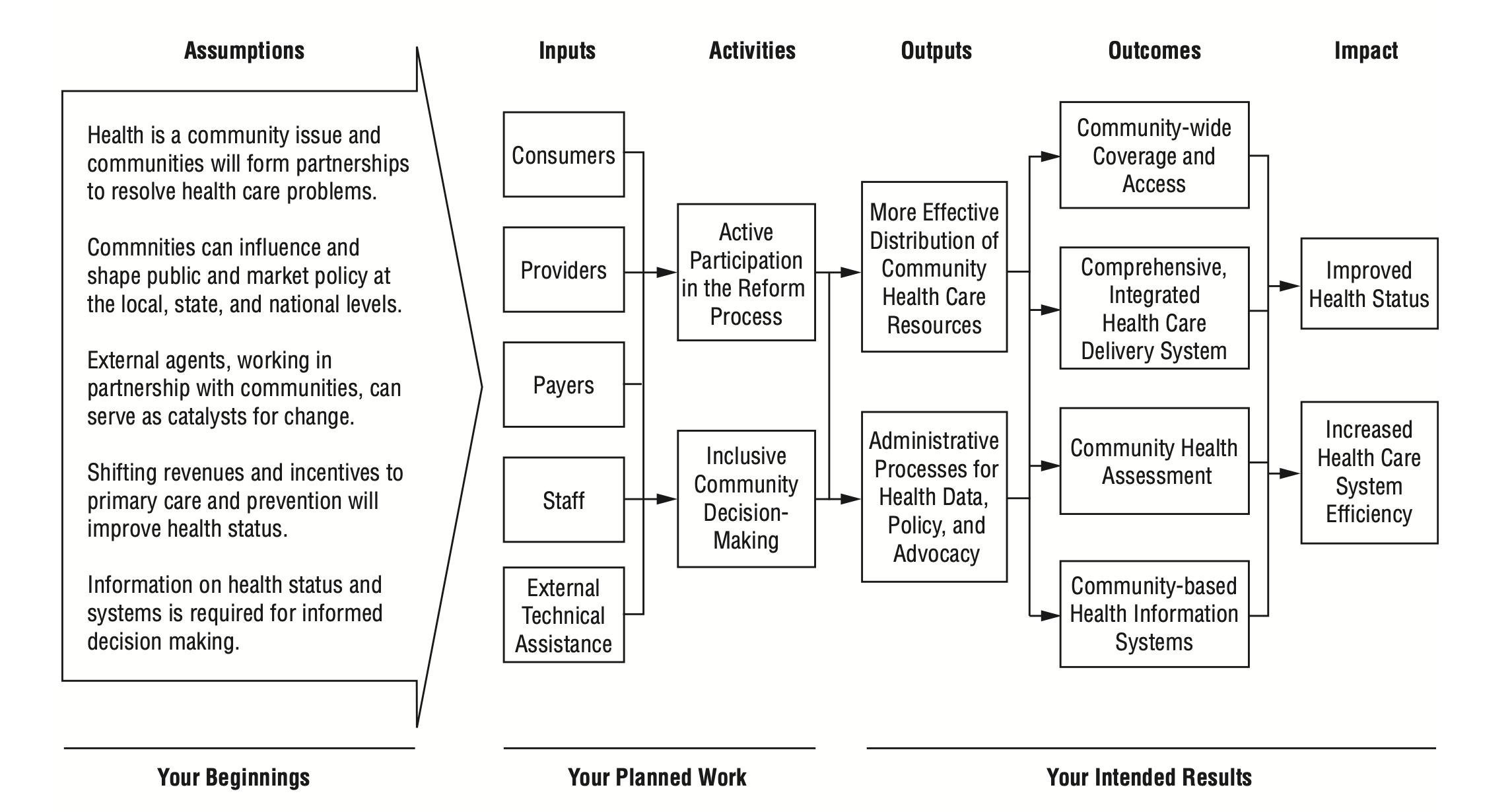
Steps to Create a Logic Model
Creating a logic model involves several key steps that help define and organize a program's components and desired outcomes. These steps include:
1. Identify the problem or need.
2. Define the desired outcomes and impact: SMART goals.
3. Determine the necessary inputs and resources.
4. Plan the activities and outputs.
5. Establish a timeline.
6. Identify indicators for measuring success.
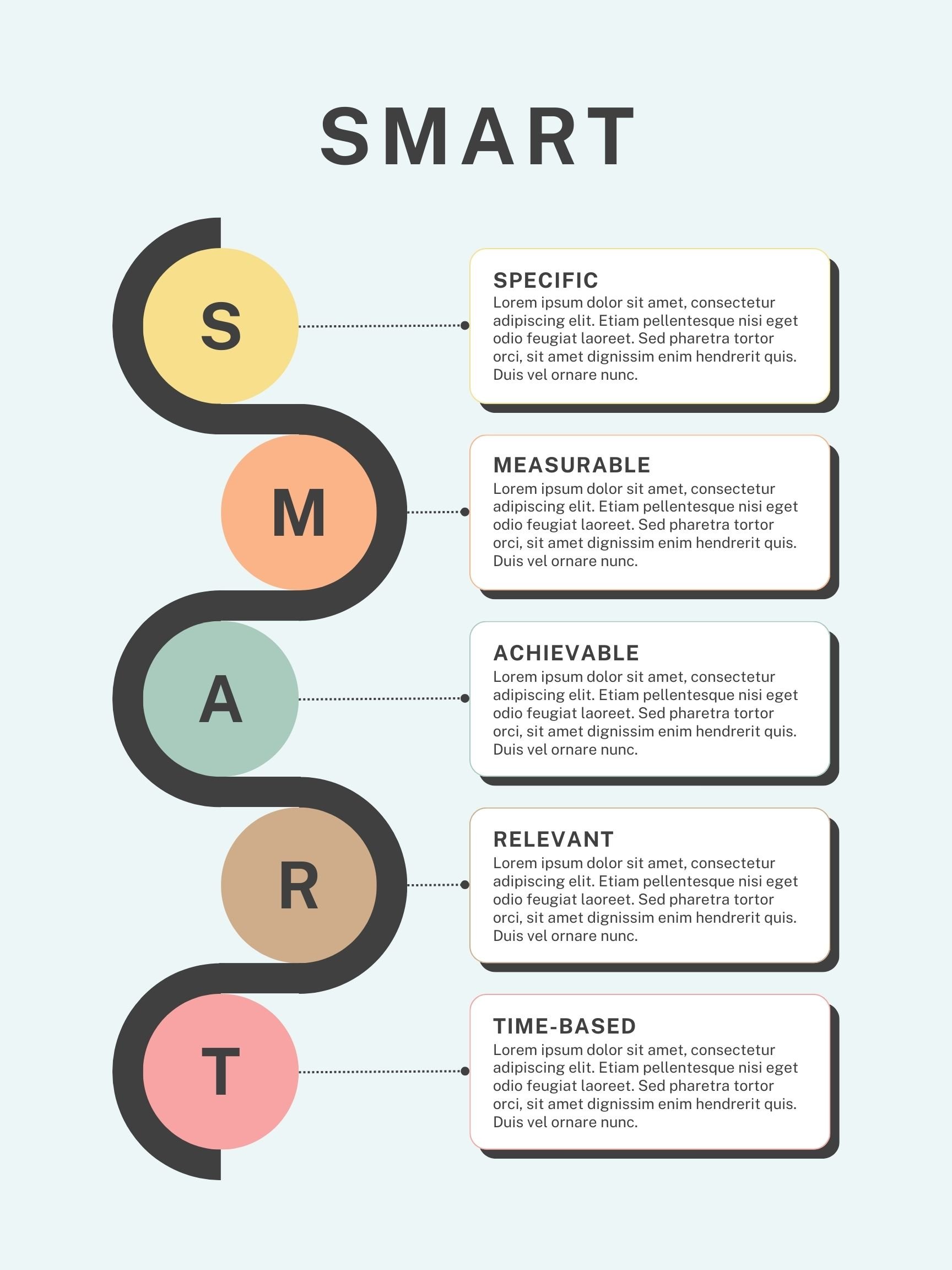
By following these steps, you can create a clear and comprehensive logic model that guides program planning, implementation, and evaluation.
Common Challenges and Solutions
While logic models offer many benefits, nonprofits may also face some common challenges when developing and using them. One challenge is the lack of clarity in defining outcomes. It can be difficult to articulate specific, measurable outcomes that are realistic and achievable within the program's timeframe.
- Nonprofits should involve a range of stakeholders in the process of defining outcomes, including program staff, board members, and community members. Reviewing existing research and best practices can also help ensure that outcomes are grounded in evidence and aligned with the organization's mission.
How to measure impact While outputs and short-term outcomes may be relatively easy to track, measuring long-term impact can be more complex. This is especially true for programs that aim to address systemic issues or influence policy change, where the effects may not be immediately apparent.
- Nonprofits should focus on identifying meaningful indicators that are feasible to collect and analyze. Partnering with external evaluators or research institutions can also provide valuable expertise and resources for measuring impact.
Overcomplicated logic model during development and planning. To be comprehensive, some nonprofits may create logic models that are overly detailed or convoluted. This can make the model difficult to understand and use, defeating its purpose as a communication and planning tool.
- Nonprofits should concentrate on the most essential elements of the program and resist the temptation to include every possible input, activity, or outcome.
Some nonprofits may struggle with adapting the logic model as the program evolves. As programs are implemented and evaluated, new insights and opportunities may emerge that require adjustments to the original plan. However, some nonprofits may be reluctant to deviate from the established logic model, even when changes are needed.
- Nonprofits should view the logic model as a living document that can be revised and refined over time. Regular check-ins and discussions with program staff and stakeholders can help identify when changes are needed and ensure that the logic model remains a relevant and useful tool for guiding the program's development.
By anticipating and proactively addressing these common challenges, nonprofits can maximize the benefits of using logic models and ensure that they are effective tools for achieving their mission and goals.
Example
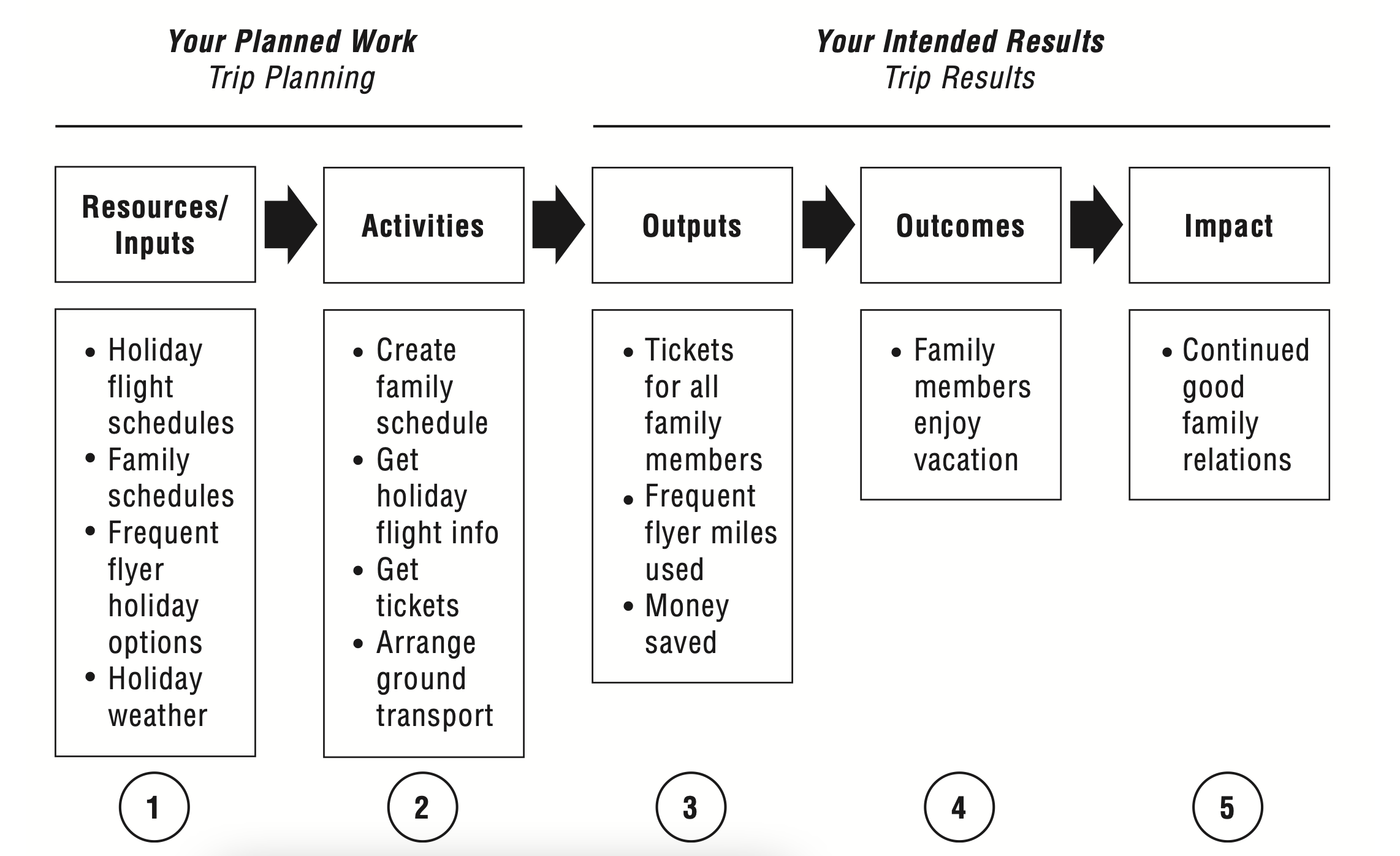
Conclusion
Logic models are a crucial tool for nonprofit organizations seeking to create meaningful impact in their communities. By clearly defining the inputs, activities, outputs, and outcomes of a program, logic models provide a roadmap for success, ensuring that all stakeholders are working towards a common goal.
Developing a logic model is an investment in your organization's future. It helps clarify the purpose and goals of your program, facilitates effective communication with stakeholders, and provides a framework for continuous improvement.
Start by identifying the problem your program aims to address, then define your desired outcomes and the resources needed to achieve them. From there, plan your activities and outputs, establish a timeline, and identify indicators for measuring success.
Remember that a logic model is a living document that should be revisited and refined as your program evolves. Regularly reviewing your logic model with your team and stakeholders can help identify areas for improvement and ensure that your program remains on track.
Nonprofit organizations can enhance their ability to create lasting, positive change in the lives of those they serve by using a logic model to understand and define their situation. So, if you haven't already, I encourage you to take the time to develop a logic model for your program. The benefits are well worth the effort.
Remember, a well-crafted logic model is more than just a planning tool – it's a powerful communication device that can help your organization tell its story and inspire others to join in your mission. By investing in a strong logic model, you're setting your organization up for success and making a meaningful difference in the world.
